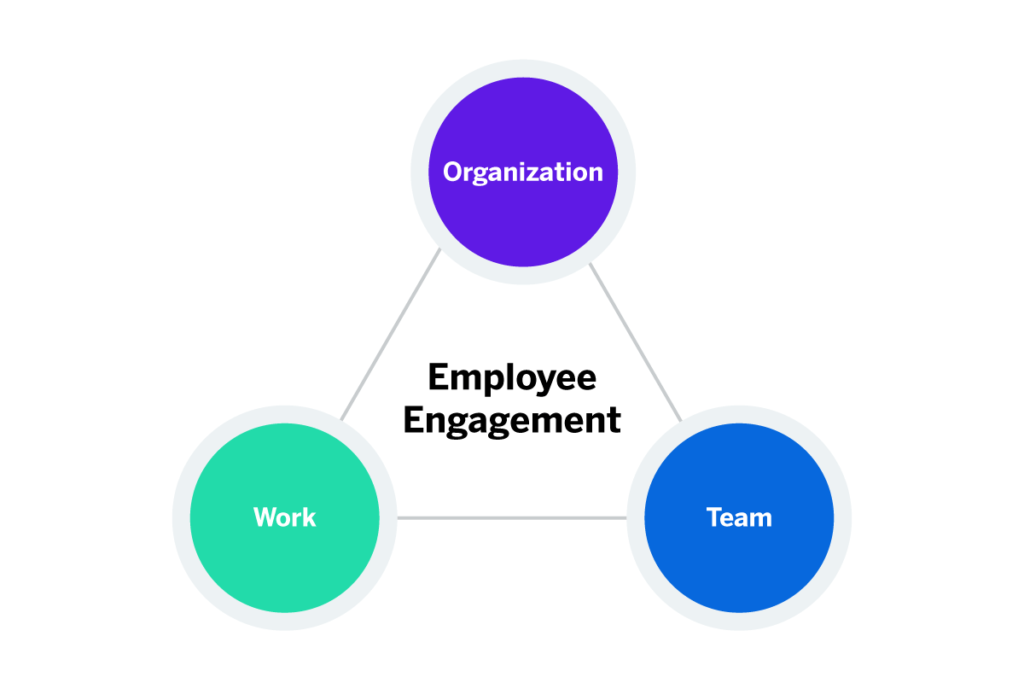
A key element in every organization’s success is employee engagement. It speaks to the degree of emotional engagement and investment that individuals have in their jobs and the company they work for. Long-term retention, increased productivity, and increased innovation are all characteristics of engaged workers. We will talk about the importance of employee engagement and how to measure it in this particular blog.
Significance of Employee Engagement:
- Productivity: Motivated workers are more effective and productive. They are more inclined to go above and beyond what is required of them at work and take on extra duties.
- Innovation: Engaged staff members are more inclined to submit new ideas and workflow adjustments, which fosters innovation inside the company.
- Employee Retention: Motivated staff members are more likely to stick around for the long term, which lowers turnover and the costs associated with new hires.
- Customer satisfaction: Employee engagement increases the likelihood that outstanding customer service will be delivered, which in turn increases customer satisfaction and loyalty.
Measuring Employee Engagement:
- Employee surveys are a well-liked technique for measuring employee engagement. They may ask about leadership, the workplace climate, employee satisfaction, and other elements that boost engagement.
- Performance Metrics: Insight into employee engagement levels can be gained through performance indicators like attendance, productivity, and work quality. Employees that are engaged tend to be more productive and have lower absentee rates.
- Manager Feedback: Based on their contacts with employees, managers can offer insightful feedback on the level of employee engagement. They are able to spot both highly engaged workers and those who might want more assistance.
- Social media: Sites like LinkedIn and Glassdoor, which are social media platforms, can shed light on the degree of employee involvement. Workers may provide comments on their experiences working for a company, which can give HR personnel useful information.
Conclusion
A key element in every organization’s success is employee engagement. Long-term retention, increased productivity, and increased innovation are all characteristics of engaged workers. Measuring employee engagement can offer insightful information about how engaged employees are inside a company, enabling HR managers to take appropriate action to raise engagement levels and ultimately promote business success.
